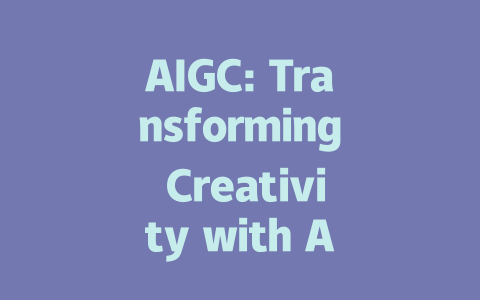
In the digital age, creativity is evolving alongside technology. A significant facet of this transformation is AI-Generated Content (AIGC), which is reshaping how we think about creativity, content creation, and artistic expression. This article explores the concept of AIGC, its implications for various industries, and its potential to revolutionize creative processes.
Understanding AIGC
AIGC refers to content that is produced using artificial intelligence algorithms, capable of generating text, images, videos, and even music. These algorithms analyze vast amounts of existing content to learn patterns and styles, allowing them to create new works that can either mimic human creativity or introduce entirely new concepts.
The rise of AIGC is attributed to advancements in machine learning and natural language processing technologies. Tools like OpenAI’s GPT models and image-generating algorithms are now able to produce high-quality content rapidly, leading to their adoption across various sectors.
Applications of AIGC
AIGC is being utilized in multiple domains, each benefiting from the efficiency and innovation brought by artificial intelligence:
In marketing, AIGC tools help brands develop personalized content and campaigns at scale. AI can analyze consumer behavior and generate tailored advertisements, social media posts, and blogs that resonate with target audiences. This level of customization was previously labor-intensive and time-consuming.
Content creation in the entertainment industry has also been transformed by AIGC. From scriptwriting and story generation to music composition and video editing, AI tools can assist creators in generating ideas, improving workflow efficiency, and even producing entire pieces of content autonomously.
In the education sector, AIGC can be employed to create personalized learning materials, quizzes, and study guides. By analyzing the learning patterns of students, AI can adapt content to suit individual needs, making education more interactive and engaging.
Impact on Creative Professionals
Despite the benefits, the rise of AIGC raises important questions about the future of creative professionals. Concerns about job displacement and the authenticity of art are prevalent as AI-generated content becomes more mainstream.
Embracing Collaboration
Rather than viewing AIGC as a replacement for human creativity, many experts advocate for a collaborative approach. Creatives can leverage AI tools to enhance their work, utilizing AI for repetitive tasks while focusing on higher-level creative thinking. This synergy can lead to the emergence of new art forms that blend human intuition with machine learning.
Redefining Ownership and Authenticity
The rise of AIGC also necessitates a reevaluation of concepts such as ownership and authenticity in art. As AI-generated content becomes ubiquitous, discussions surrounding copyright laws and the definition of creativity will need to evolve. Who owns content created by AI? What does it mean for an artwork to be “authentic” if a machine aids in its creation?
The Future of AIGC
Looking ahead, AIGC has the potential to continue transforming industries. As AI technology advances, we can expect even more sophisticated tools that will blur the lines between human and machine-generated creativity. Future developments may also lead to ethical considerations, as greater accountability will be required in the use of AI-generated content.
Conclusion
AIGC is undoubtedly reshaping the creative landscape. By offering innovative content generation tools, it empowers creators while posing new challenges regarding authenticity and ownership. The future of creativity lies not in the competition between humans and machines but in collaboration, where both can coexist and elevate the art of storytelling, marketing, education, and beyond. As we embrace this change, it’s paramount to navigate the evolving terrain with thoughtfulness and responsibility.

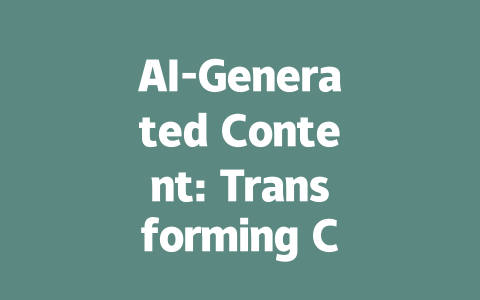


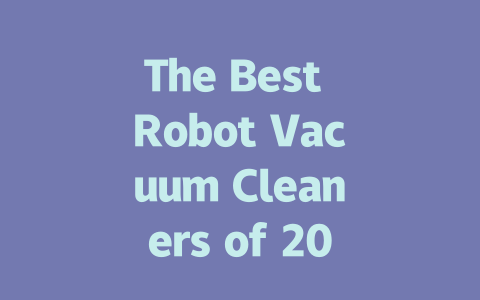
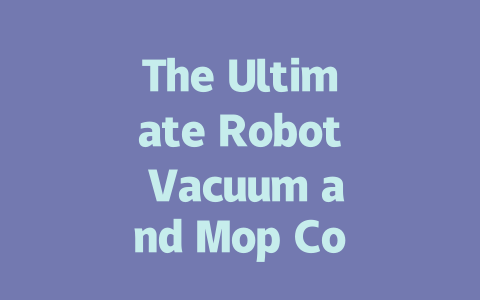

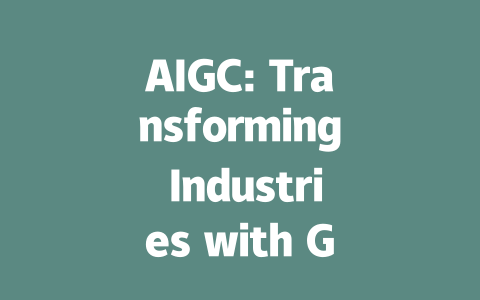
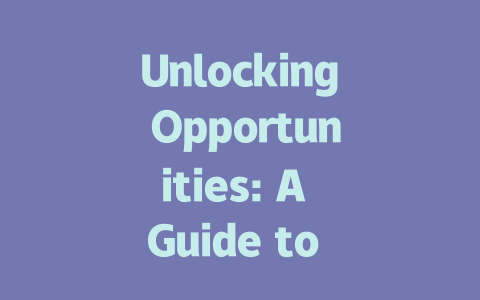
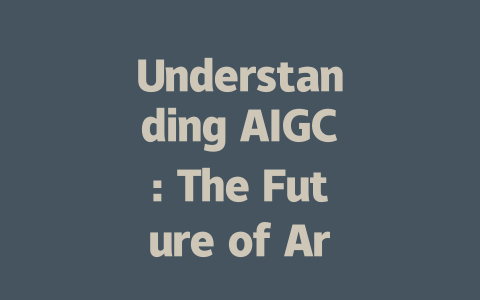
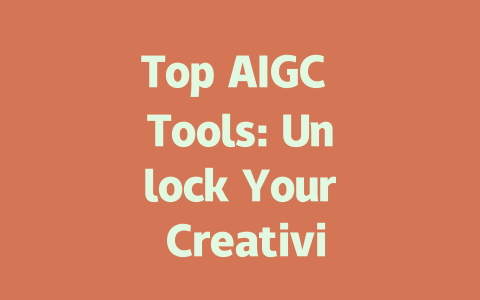
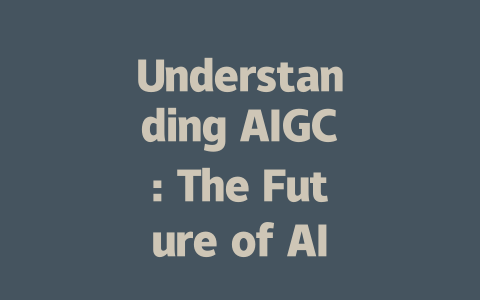

暫無評論內容